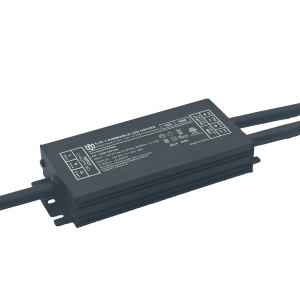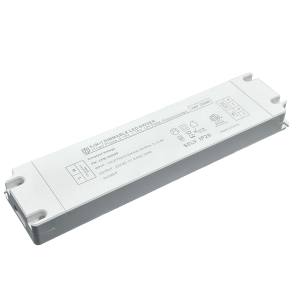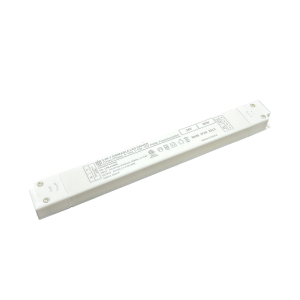Triac Driver Empowers LED Lighting: Ushering in a New Era of Intelligent Dimming
The evolution of lighting technology has reached a transformative milestone with the emergence of triac-based drivers as game-changers for LED systems. Unlike traditional phase-cut dimmers that struggled to maintain stability across varying loads, modern triac drivers leverage pulse-width modulation (PWM) algorithms to deliver flicker-free intelligent dimming—a breakthrough that eliminates color shifts and uneven brightness transitions common in older setups. This innovation isn’t just about aesthetics; it fundamentally redefines energy management by dynamically adjusting power delivery based on real-time environmental feedback.

At the core of this revolution lies enhanced compatibility. Historically, pairing LED bulbs with legacy triac dimmers caused audible noise, poor performance, or outright failure due to mismatched impedance profiles. Today’s optimized triac drivers solve these challenges through adaptive frequency scaling (typically 120Hz–2kHz), allowing them to work harmoniously with virtually any trailing/leading edge dimmer switch. Installation becomes plug-and-play even in retrofit projects, reducing retrofitting costs by up to 40% compared to hardwired alternatives. For electricians and DIY enthusiasts alike, this means fewer callbacks and higher client satisfaction rates.
Smart control capabilities take center stage when examining operational advantages. Many next-gen triac drivers integrate Wi-Fi/Bluetooth modules, enabling app-based scheduling, scene customization, and voice command integration via platforms like Alexa or Google Home. Industrial applications further benefit from 0–10V analog inputs supporting occupancy sensors and daylight harvesting systems—automatically fading lights when natural light exceeds threshold levels. Such adaptive behavior slashes peak demand charges on utility bills while extending LED lifespan by minimizing thermal stress during frequent on/off cycles.
Case studies highlight measurable impacts: A boutique hotel chain reported 32% lower annual energy expenditure after upgrading guest room lighting to triac-driven LED arrays with motion sensing. Similarly, museum curators praise the UV-stable output spectra preserving delicate artworks without compromising CRI values above 90Ra. Manufacturers now offer compact form factors fitting standard junction boxes, making whole-building retrofits feasible within existing infrastructure budgets.
Looking ahead, ongoing R&D focuses on bidirectional communication protocols allowing grid operators to aggregate distributed LED networks into virtual power plants. Early trials suggest aggregated load shifting could provide frequency regulation services worth $0.15/kWh—turning every illuminated space into an active participant in smart grid ecosystems. As global mandates push for carbon neutrality by 2050, triac drivers stand poised as indispensable enablers bridging present-day efficiency gains with future smart energy paradigms.
 A New Benchmark in Energy Sav
A New Benchmark in Energy Sav
 The Future Outlook for Triac
The Future Outlook for Triac
 The Application Advantages of
The Application Advantages of
 Innovative Design + Outstandi
Innovative Design + Outstandi
